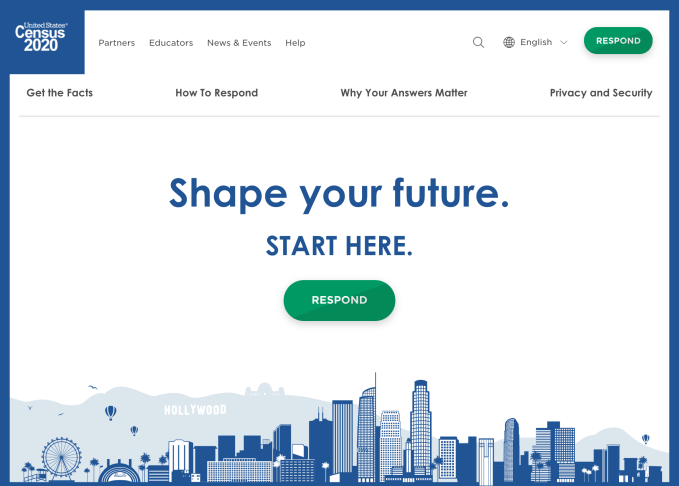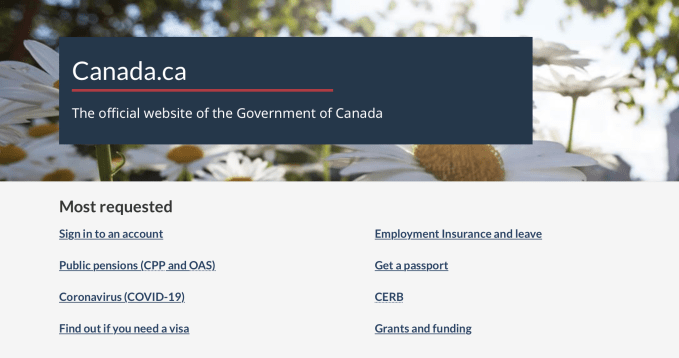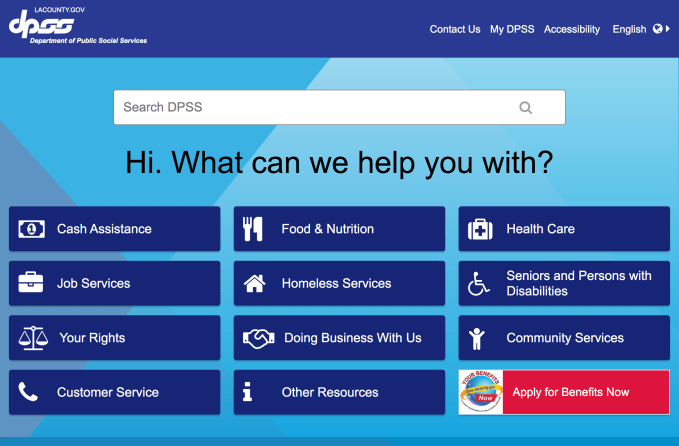Even before COVID-19, government agencies had been working to evolve the way they interacted with residents. There was a general acknowledgement that the digital services and online experience they provided had to move beyond parity; Agencies at the state, local and federal level could no longer compare their offerings with other government agencies, at a time when the bar was being set by consumer services like eCommerce and online banking.
The public sector, however, has a unique set of challenges when it comes to their online presence. For starters, scalability and resilience are incredibly important; When residents need to access critical services online, any downtime is extremely detrimental (particularly when compared to services like online shopping). Security is another important factor, especially when it comes to protecting personal identifiable information (PII) on forms or applications that can be completed online. On top of all this, agencies were also expected to deliver experiences that were consistent across platforms and personalized to individuals.
COVID-19 became an accelerant for many of these efforts. With agencies having to communicate critical information as the news unfolded, many required online channels (websites or email programs) for their speed and reach. Digital alternatives to existing services were also becoming more of a necessity, as the pandemic limited the amount of in-person interactions that could take place. And just like many other organizations, all this has to be done with a workforce that was more remote.
Institutions like the U.S. Census Bureau and Service Canada have had to activate or accelerate their digital strategy, in light of the pandemic. Although each of these stories is unique, government agencies tend to encounter a common set of challenges. And when they looked for a technology partner to help modernize the way they interact with residents, many turned to Adobe for solutions within Adobe Experience Cloud and Adobe Document Cloud.
Here are some of their stories:
The digital census
Once a decade, the U.S. government has the massive undertaking of counting the entire population. The data is incredibly important, as it determines the allocation of House seats and how billions of dollars are distributed to local communities. While strategy for 2020 had already been focused on digital adoption (and making it easy for people to self-respond online), COVID-19 inadvertently made it indispensable. Across both 2020Census.gov and Census.gov, Adobe Experience Cloud apps were used to deliver the online experience consistently across platforms, with an ability to measure and personalize interactions.

Image Credits: 2020census.gov
The digital Census would help fill any gaps that were created when door-to-door recording was put on pause. The Census Bureau would also be able to save $55 million (at least) for every 1 percent increase in responses. “No one anticipated a scenario quite like COVID-19, but we purposely planned the 2020 Census to be flexible and resilient,” shared Stephen Buckner, the Assistant Director of Communications at the Census Bureau. “But having the ability to get people to respond online has really helped insulate us more than we could have possibly hoped.”
Canada responds to COVID-19
When the Canadian government modernized its main website (considered the “digital front door” to the government), the Service Canada team made sure to focus on creating a destination that was both resilient and scalable. Unlike many consumer websites, it had to provide crucial resources and information to over 37 million residents. They tapped Adobe Experience Cloud to deliver stability and resiliency, along with an authoring platform where content can be easily published and measured. Since launching in 2015, traffic has doubled.

Image Credits: Canada.ca
While this was an important asset for the government to have in normal times, it became critical during the onset of COVID-19. Canadian residents were keen to get the latest information such as lockdown restrictions, while some looked for economic and healthcare assistance. The site was able to deliver new information from over 50 departments, using data to assess where some of the needs were.
The outcomes so far have been very encouraging: In a recent survey, 80 percent of visitors said they found Canada.ca to be a trustworthy and reliable resource. And there is more to come: “With the plumbing in place now, we have been exploring new initiatives beyond content, such as a benefits finder tool and the virtual assistant,” said Michel Laviolette, Director General of Digital Services. “We are also looking into areas like voice-based search, given our growing mobile audience. Our team wants to ensure that no matter where residents are or what they need, we have a platform to make them feel heard and engaged.”
Utah supports residents remotely
In 2019, the State of Utah enacted its own teleworking initiative. By embracing paperless with Adobe Sign, the program was designed to promote efficiency within the government. It would allow a greater number of employees to work remotely when needed, decreasing carbon emissions, saving on building space and distributing more jobs across the state. When this program was put into place, nobody anticipated how vital it would become in the midst of a pandemic.
When COVID-19 emerged, thousands of newly remote employees were quickly given what they needed, to continue delivering services for the community. Going paperless made it easy to handle the large volumes of contracts and facilitate approval processes. And while it typically takes two or three days to circulate and approve an emergency procurement plan, it was accomplished in minutes with Adobe Sign.
Over a 30-day period, the State enabled over 2,500 users with the necessary tools and accelerated turnaround time on more than 5,000 documents. In short order, the telework initiative became a must-have program. It showed how valuable digital innovation was in any scenario, helping organizations be more efficient and serving customer needs more effectively.

Image Credits: Adobe
Digital makeover for social Services in Los Angeles
The Los Angeles Department of Public Social Services (LA DPSS) is the largest agency of its kind in the United States. They serve one out of every three residents in LA Country (home to more than 10 million) and provide services to people in times of need. This can include everything from job placement, to financial assistance. Over the years, a focus on improving customer service led to a revamp of its online experience.
First up was the LA DPSS website, which as a digital “front door,” had been difficult for residents to navigate. (It was also not built with smartphones in mind.) With Adobe Experience Cloud as a technology partner, the agency revamped and relaunched a new site experience. Over 600 pages were brought down to 200, making it much easier for visitors to find what they were looking for. Internally, a new authoring platform made it easy to manage and publish content, with Adobe Analytics providing insights that drove iterative improvements over time.

Image Credits: dpss.lacounty.gov
For the agency, the website was valuable in normal times and became indispensable during the onset of COVID-19. “It has enabled our remote workforce to maintain a sense of continuity and minimize any disruptions for residents” according to Christina Nguyen, Chief Technology Officer at the LA DPSS. “And while resiliency is important for any organization during this time, it is particularly pressing for government agencies that provide critical services.”